The Australian archaeological mission to Paphos conducted it’s twentieth season of excavation and first since the pandemic at the World Heritage Listed site of the ancient theatre of Paphos and surrounding environs in April and May 2023, under the auspices of the Department of Antiquities of Cyprus.
The Paphos Theatre Archaeological Project team was made up of archaeologists and students from the University of Sydney and the University of New England in Australia, under the direction of Dr Craig Barker, of the Chau Chak Wing Museum at the University of Sydney.
The Australian team have been working at the theatre site, cut into Fabrika hill in Kato Paphos, since 1995 and over those years have carefully revealed the remains of the oldest permanent theatre in Cyprus, constructed in c. 300 BC and used as a performance venue until its destruction by earthquake in the fourth century AD.
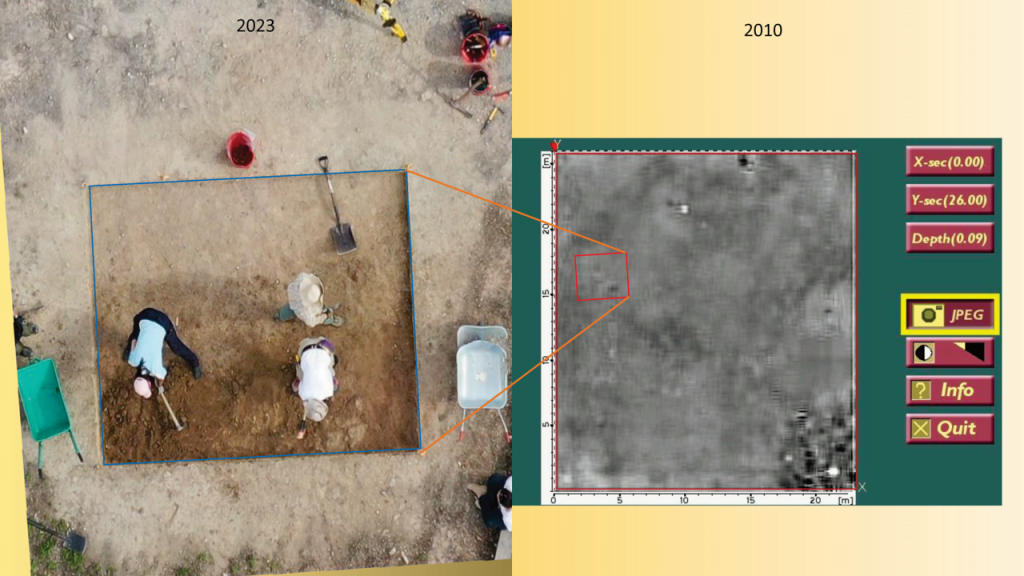
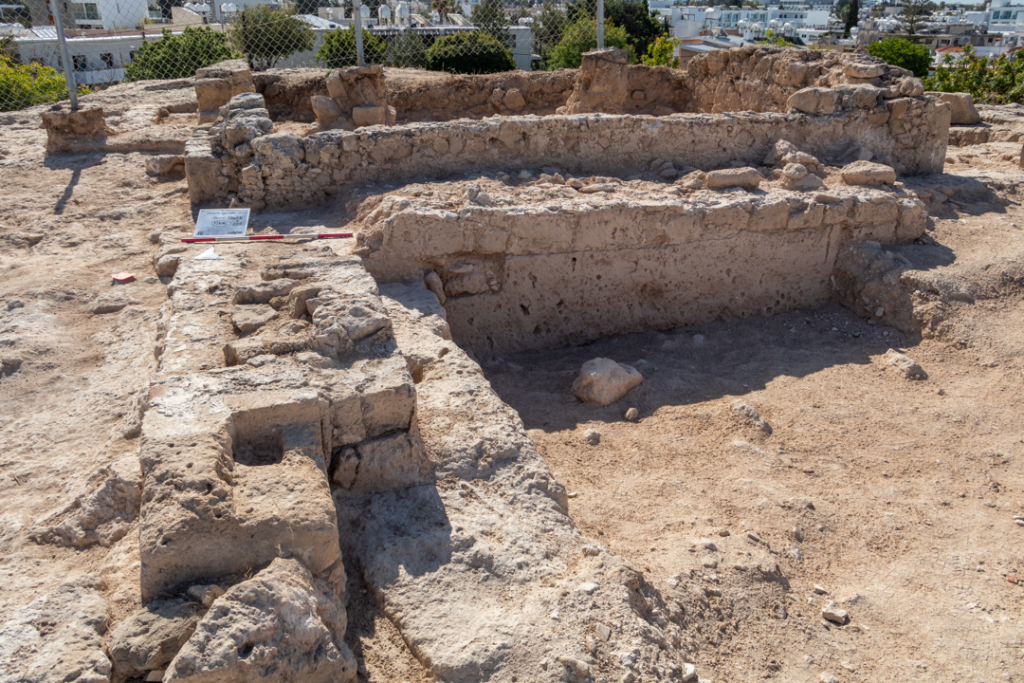

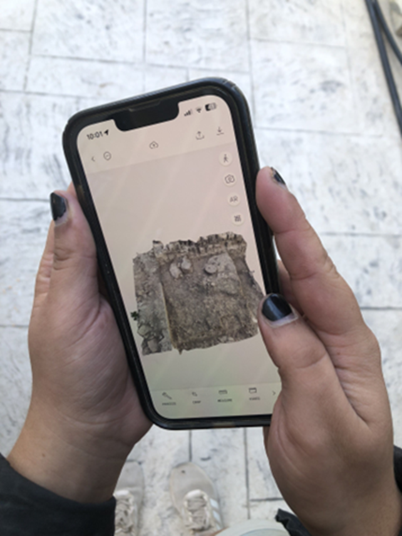
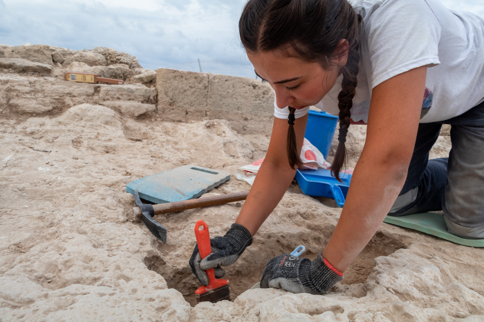
The team has also revealed considerable Roman urban infrastructure near the theatre, including a paved Roman road and a nymphaeum (water fountain) to the south of the theatre, as well as agricultural, domestic and industrial activities on the site long after it’s abandonment as a theatre in the medieval and later periods.
The 2023 season opened trenches in three areas of the site. On the remains of the ancient cavea (seating area), the team cleared the bedrock foundation cuts of a Roman era Royal Box. Measuring 6 metres in length and up to 2.85 metres wide, the back bedrock cut wall surviving to a height of 0.85 metres, which was presumably covered with a marble or painted fresco façade that has not survived.
‘Royal boxes’ were areas for dignitaries placed centrally in theatre seating areas and were designed to provide shade and areas of comfort for important guests. They are known in Roman theatres on ancient sites such as Pergamon, Hierapolis and Herodium. This will prove to be the first published example of this architectural feature on any of the ancient theatres of Cyprus.
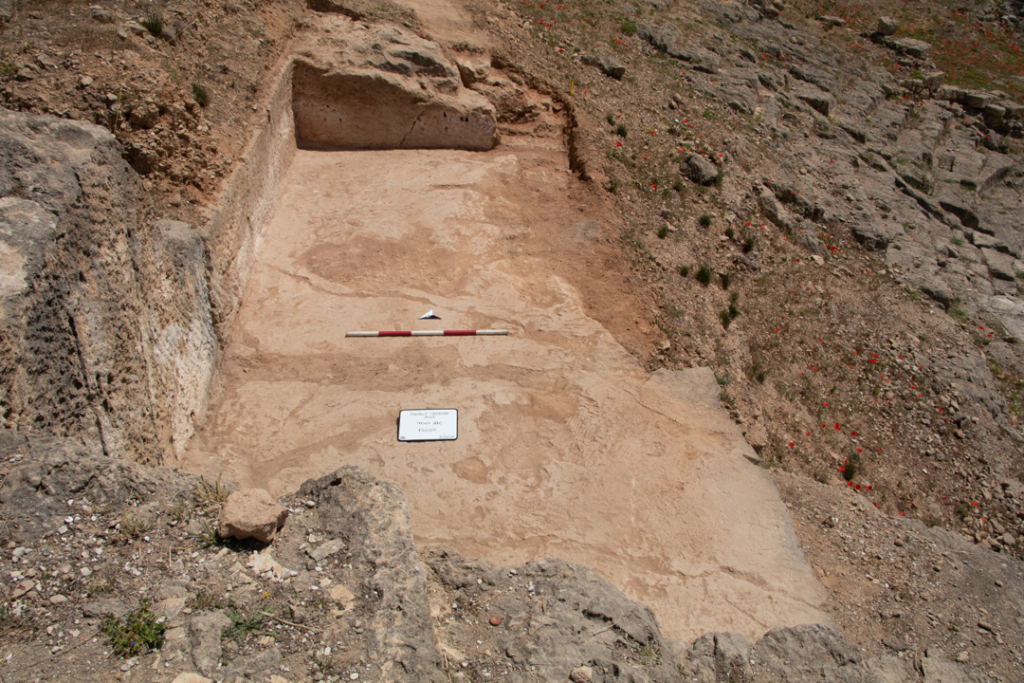
Work continued on the area behind the theatre on the top of Fabrika hill, where excavations continued on a large medieval and post-medieval building that now measures more than 20 metres in length and over 25 metres wide.
Long bedrock cut walls with substantial stone blocks used as foundations reveal a building with two long rooms at ground level, and side rooms. The building is presumed to be more than a single story, which indicates that this structure was an important feature of late medieval and Venetian Paphos. The finds will be analysed and published soon.
The structure was built over top of a section of the early Christian cemetery on Fabrika which has been previously revealed by our colleagues from Université d’Avignon and the University of Warsaw.
The third area of archaeological investigation was due south of the theatre and designed to investigate the alignment of east-west running Roman roads within urban Nea Paphos. During a previous Ground Penetrating Radar (GPR) survey the team had previously identified a large anomaly 4.1×7.6m.
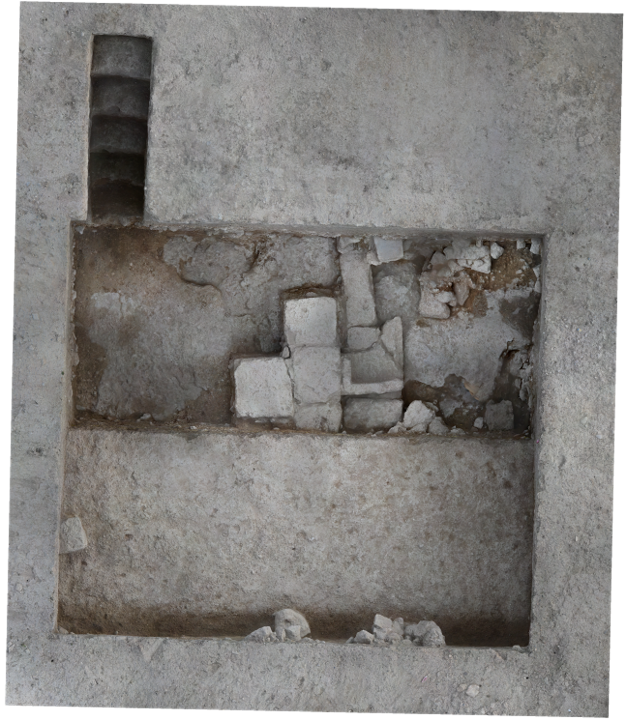
Excavation this year took place in this area almost 70 metres south of the paved Roman road at the theatre. The trench failed to identify this anomaly but did reveal two phases of architecture (probably medieval and Ottoman) and two occupation and accumulation phases above a Roman phase that may indicate the remains of the road were robbed away. This will be investigated further in future.
The Australian Mission wishes to acknowledge the generous support of our colleagues in Department of Antiquities of Cyprus for our ongoing work in Paphos. The site is currently undergoing conservation work by the Department’s team of experts. 2023 is also the 50th anniversary of diplomatic relations between Australia and Cyprus and the project was proud to work with the Australian High Commission to assist in the recognition of this important anniversary.

